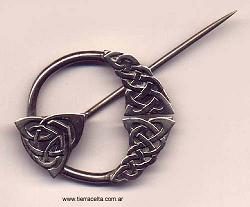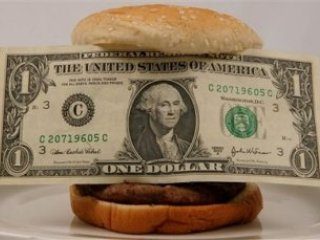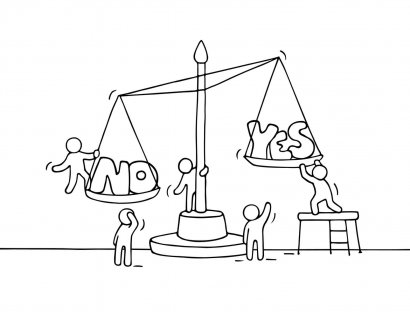 The idea of equality in the field of mathematics expresses that two objects are equal if they are the same object. In this way, 1+ 1 and 2 refer to the same mathematical object. And the fact that they are both the same is expressed through the = sign. In this way, mathematical equality is made up of two differentiated members: the member located to the left and before the = sign and the right member that is located after the =.
The idea of equality in the field of mathematics expresses that two objects are equal if they are the same object. In this way, 1+ 1 and 2 refer to the same mathematical object. And the fact that they are both the same is expressed through the = sign. In this way, mathematical equality is made up of two differentiated members: the member located to the left and before the = sign and the right member that is located after the =.
Properties of mathematical equality
If we add the same number to an equality in both parts, another equality is produced (for example, in the equality 5 + 3 = 8. adding 2 in the two parts of the equality creates an equality with value 10). The same happens if we subtract the same number from both parts of the equality, if we multiply it or if we divide it. In all these cases another mathematical equality continues to occur.
The curious origin of the = sign
Already the ancient Egyptians and Babylonians performed mathematical operations normally to perform arithmetic calculations. However, the = sign was introduced into mathematical language in the seventeenth century CE. The first to use it was a Welsh mathematician named Robert Recorde and he chose this symbol because he considered that two parallel lines symbolize the idea of equality very well (it is difficult to find two things that are more equal). This mathematician was also the first to use the + and - sign to indicate addition and subtraction.
Why was the = sign used?
In the seventeenth century the mathematical methods of antiquity were perfected to respond to commercial needs, the incipient banking activity and science in general. To carry out these tasks it was necessary to create a new language of symbols and their unification in the scientific community.
 Before the seventeenth century, mathematical language used abbreviations that represented concepts and different operations. This system was effective but not clear enough. Thus, symbolism was a very useful tool for the consolidation of mathematics.
Before the seventeenth century, mathematical language used abbreviations that represented concepts and different operations. This system was effective but not clear enough. Thus, symbolism was a very useful tool for the consolidation of mathematics.
Initially it was used in the British environment but in a few decades this new system was imitated throughout Europe and then throughout the world. It must be taken into account that each country used its own mathematical symbology and these differences made it difficult to understand and universalize mathematics itself. Anecdotally, it must be remembered that the French philosopher and mathematician Descartes used a sign similar to infinity to symbolize the concept of equality.
Photos: iStock - BenBDPROD / Eshma









